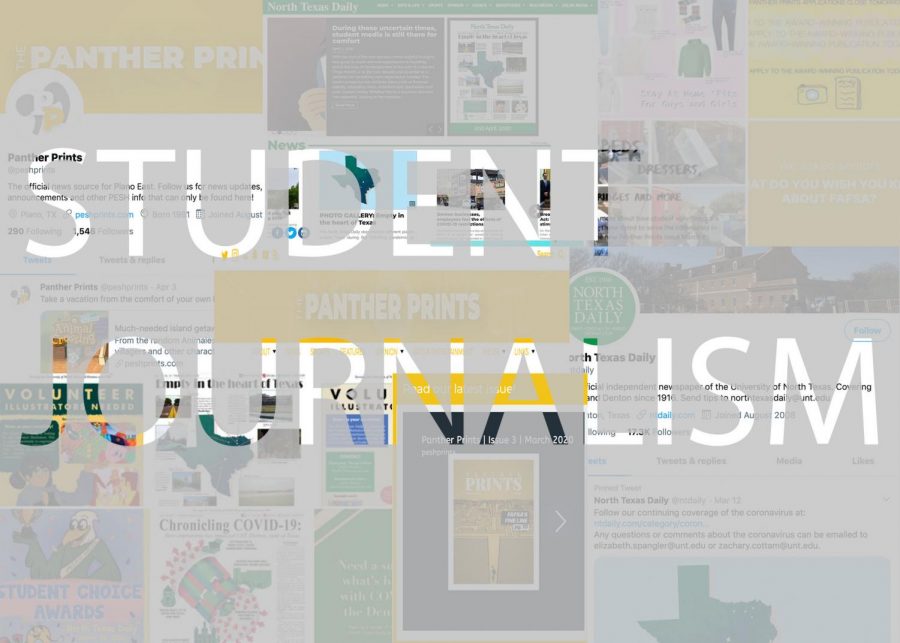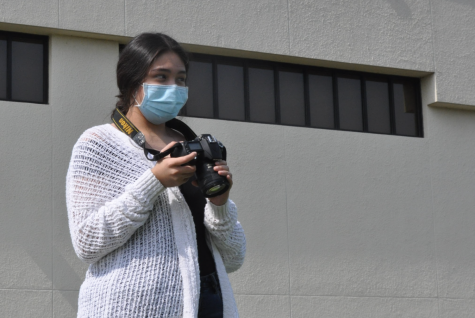Student journalism remains stronghold in time of crisis
With a constant stream of news available every hour of every day during a pandemic, there are an infinite number of sources with varying qualities to rely on. Not every school knows the best way to reach their students, whether it be through parents or social media, but informing the student body is necessary. Schools should protect and promote student journalism, especially in times of crises, because of their ability to reach their unique audience of classmates and teachers in a way other news sources cannot.
Like most campuses, The University of North Texas (UNT) switched to online instruction for the rest of the semester in early March following the increase of Texas coronavirus cases. On March 13, UNT housing announced they would not offer refunds for students leaving their on-campus housing to go home for the semester. In response to this announcement, on March 19 the UNT student newspaper, NT Daily, published an opinion piece condemning the university’s decision. The next day, UNT reversed their previous announcement, offering prorated refunds for on-campus housing. Meredith Holser, former Plano East journalism student and current Digital Media Manager for The NT Daily, chronicled the events on her Twitter account through retweets as The NT Daily released the news. Student journalists are in many ways a voice for the students — they have the power to make positive and consequential changes to benefit the students because they are them.
With the sudden and indefinite changes to every student’s school life, including complete online instruction and the cancellation of in-person events, students may not really understand the current circumstances. On top of this, many school boards for many high schools as well as companies like CollegeBoard are reaching new decisions each week in regards to grading, graduation and testing. Student journalists are trained to reach their audience of students and administrators to relay important information and updates. At The Panther Prints, the staff is formulating social media, online reporting and a magazine to distribute local news regarding the virus as well as other timely updates. These mediums can be adapted during this time to reach students without physical contact as well as from multiple platforms. This is why student journalism remains essential during crises — it is more than another online class. For many, it is a source of the information they wouldn’t receive otherwise.
Those involved in their school’s news or media have the same experiences as every other student. They experience the disappointment of not seeing their classmates and teachers every day, the frustration of digital learning, and the uncertainty of what the future holds. This gives student journalists a leg up compared to other media outlets because they know exactly what students have gone through and can report on what they know their classmates need to hear. They have the ability to fill in the gaps of information that students either don’t have access to or just haven’t received.
Although most schools’ administration has a website or other means of communication to parents and students, they should be in direct contact with and even refer parents and students to the school’s student-run news sources. This helps eliminate an overload of information as well as gives students access to more relatable media. Student journalism, especially in conjunction with the administration, can be more effective at reaching families and delivering the news in relatable terms for students.
Not only does student journalism help advocate for, relate to and reach students, it unites them. During a time where schools can’t come together physically, student media creates a much-needed sense of togetherness. If schools and administrators work to lift up student journalism and make it more accessible as the main source of news, all students will unite to overcome their obstacles.












